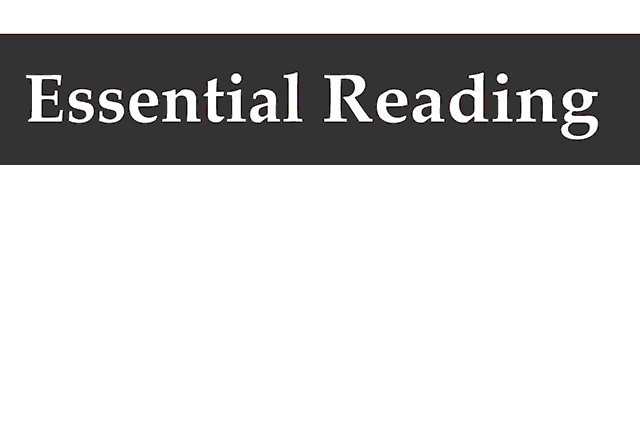 By Stephen Attellier
By Stephen Attellier
September 17th, 2025
BURLINGTON, ON
Canadian sports betting has transformed since single-event wagering became legal in August 2021. Ontario’s regulated online gambling market generated $825.8 million in gaming revenue between October and December 2024, while total wagers reached $22.7 billion during the same period. These figures represent a 25% increase in revenue and 32% growth in wagering compared to the third quarter of 2023.
Ontario Sets the Pace for Market Expansion
 Ontario operates differently from other provinces. The province launched its competitive market through iGaming Ontario in April 2022, allowing private operators to compete alongside the Ontario Lottery and Gaming Corporation. Fifty operators now run 83 gaming websites in the province, serving approximately 997,000 active player accounts each quarter.
Ontario operates differently from other provinces. The province launched its competitive market through iGaming Ontario in April 2022, allowing private operators to compete alongside the Ontario Lottery and Gaming Corporation. Fifty operators now run 83 gaming websites in the province, serving approximately 997,000 active player accounts each quarter.
Monthly spending per active account averaged $277 in the third quarter of 2024, though first-quarter data showed this figure reaching $284, a 44.2% increase from the previous year. December 2024 saw online gambling spending hit $7.8 billion, beating November’s record by 4% and the previous December by 28%.
Sports betting, esports, proposition and novelty betting made up $3.4 billion of total wagers in the third quarter, accounting for 15% of all bets placed and generating $166 million in revenue. This represents 20% of total gaming revenue for the period. The Ontario Lottery and Gaming Corporation maintains between 25% and 30% of the online gaming market share despite competition from private operators.
Provincial Market Variations and Regional Betting Patterns
The fragmented regulatory approach across Canadian provinces creates distinct betting environments that shape consumer behavior differently in each region. Ontario’s open market model contrasts sharply with government-controlled systems in British Columbia and Quebec, while sports betting in Canada varies considerably between Atlantic provinces operating through Atlantic Lottery Corporation and Prairie provinces maintaining their own lottery corporations.
These regional differences affect everything from available betting options to promotional offerings and odds competitiveness. Players in Ontario can choose from 50 different operators, while residents of Manitoba or Saskatchewan must use their provincial lottery corporation’s platform, resulting in average monthly spending patterns that range from $200 in monopoly markets to $284 in Ontario’s competitive environment.
Alberta Prepares for Market Opening
 Alberta introduced Bill 48, the iGaming Alberta Act, on March 26, 2025. The legislation would establish iGaming Alberta as a Crown corporation to oversee private operators, while the Alberta Gaming, Liquor and Cannabis commission would handle regulation. Canadian Gaming Association CEO Paul Burns expects Alberta’s online gambling sector to become operational in the first quarter of 2026.
Alberta introduced Bill 48, the iGaming Alberta Act, on March 26, 2025. The legislation would establish iGaming Alberta as a Crown corporation to oversee private operators, while the Alberta Gaming, Liquor and Cannabis commission would handle regulation. Canadian Gaming Association CEO Paul Burns expects Alberta’s online gambling sector to become operational in the first quarter of 2026.
The timing of Alberta’s market launch could accelerate due to potential trade tariffs from the United States administration. Provincial officials are monitoring these developments while finalizing regulatory frameworks based on Ontario’s operational model.
Revenue Projections and Market Growth Patterns
Canada’s sports betting market generated $4,100.5 million in revenue during 2024. Market analysts project revenues will reach $8,757.2 million by 2030, representing a compound annual growth rate of 13.6% from 2025 through 2030. Online platforms generated the largest share of revenue in 2024 and continue showing the fastest growth rates among all betting channels.
Quarterly data reveals consistent expansion patterns. Third-quarter wagers increased 22% compared to the second quarter of 2024 and 32% compared to the third quarter of 2023. Gaming revenue grew 10% quarter-over-quarter and 25% year-over-year during the same periods.
Regulatory Developments and Enforcement Actions
Federal legislators are considering Bill S-269, which would restrict sports betting advertising. The proposed legislation would ban advertisements during primetime hours and live sporting events, prohibit certain promotional terms, including “bonus” and “odds boost,” and limit celebrity endorsements. The Senate adopted this bill on November 5, 2024, as part of establishing a national framework for regulating sports betting advertisements.
Law enforcement continues monitoring illegal gambling operations. The Combined Forces Special Enforcement Unit conducted raids from March 28 to 30, 2025, dismantling an illegal gaming and bookmaking network in the Greater Toronto Area. Charges were filed against several persons linked to an alleged criminal organization, including former Hell’s Angels member Paris Christoforou.
Technology Infrastructure and Consumer Patterns

Live wagering options and real-time odds updates have become standard features across regulated platforms.
Mobile betting platforms and integrated payment systems support the market’s expansion. Live wagering options and real-time odds updates have become standard features across regulated platforms. These technological capabilities enable operators to scale operations quickly while meeting consumer expectations for seamless betting experiences.
Consumer engagement metrics show increasing sophistication in betting behavior. Active player accounts demonstrate regular monthly activity, with spending patterns stabilizing around predictable ranges. The consistency of these patterns suggests market maturation rather than speculative growth.
Conclusion
Canada’s sports betting market has established itself as a substantial economic sector generating billions in wagers and hundreds of millions in revenue quarterly. Ontario’s competitive model provides a functioning template for other provinces considering market liberalization, while Alberta’s pending market entry could double the size of Canada’s regulated betting sector. Federal advertising regulations and enforcement actions against illegal operators will shape operational conditions as the market continues expanding toward projected revenues of $8.7 billion by 2030.







Leave a Reply